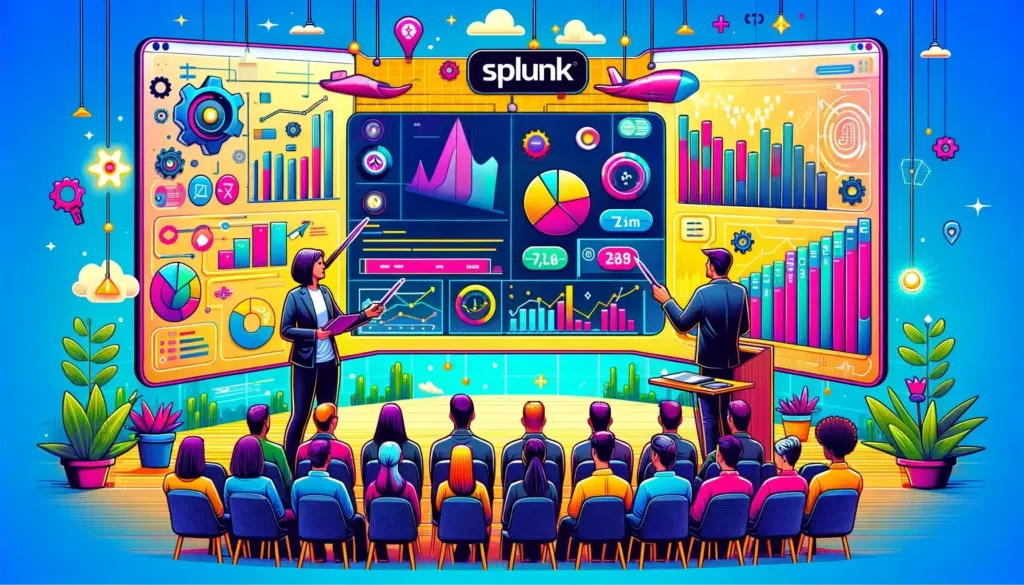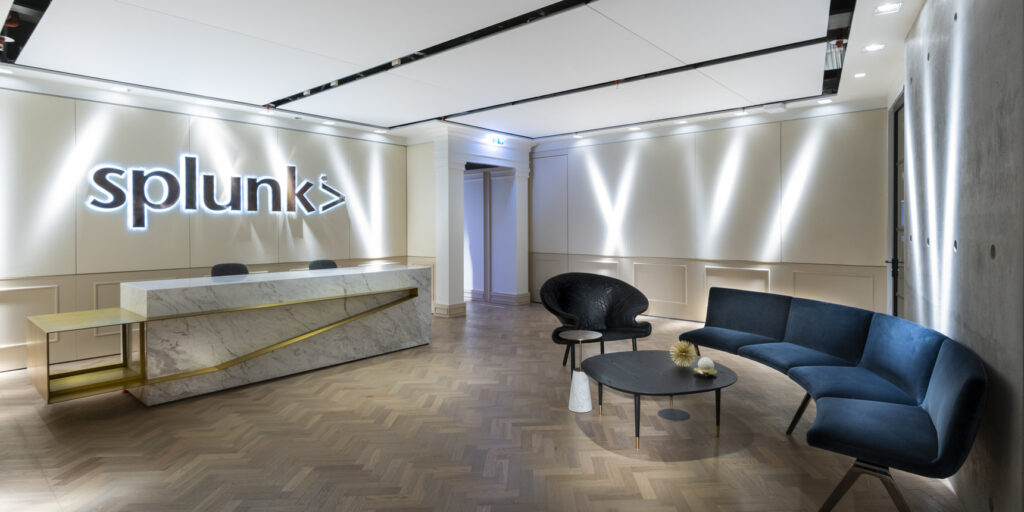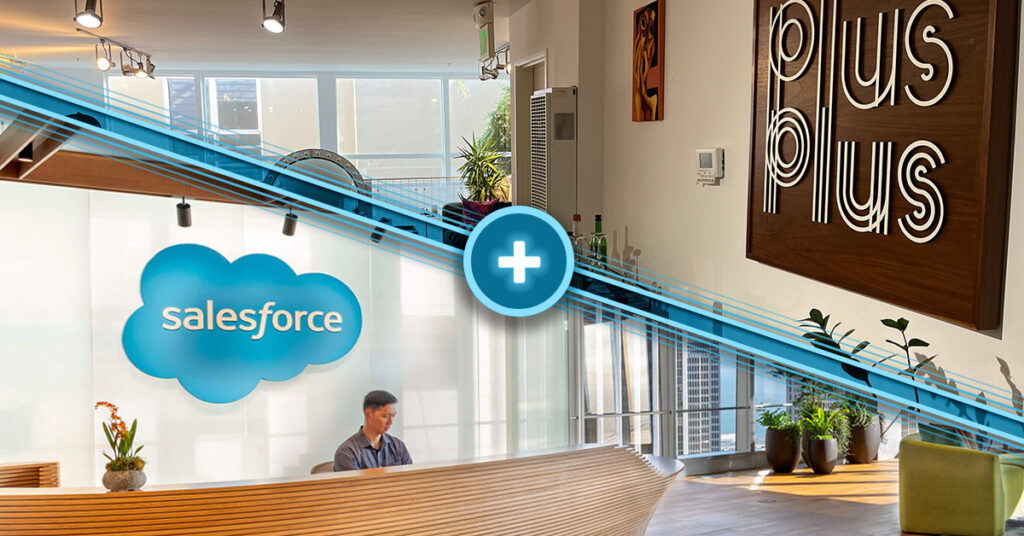Swati Doshi is a Principal Technical Product Manager at Microsoft. For a talk at our team enablement leaders community, TechKnowCon, she went over how Microsoft handles onboarding. At Microsoft, where hundreds of engineers are being onboarded across multiple groups each month, it can be a monumental challenge.
Why onboarding matters…even more so now?
Despite the current talk of a recession and slowing hiring, onboarding new hires in the IT industry is still very important. According to the Society for Human Resource Management (SHRM), organized onboarding programs can lead to up to 62% greater productivity for new hires, and the value to a company is three to four times their salary.
“I would say new hire onboarding matters even more now. With less discretionary money and fewer people entering through the door, it’s on us as owners of onboarding programs to do a better job given its impact on job satisfaction, readiness, and retention.” – Swati Doshi
Onboarding is complex
Onboarding is a complex and challenging process, but good onboarding programs lead to improved productivity and job satisfaction for new hires and can be cost-effective for companies. In addition, it is important to align new hires with a company’s culture and goals and to improve retention rates.
Onboarding in tech companies has many elements, including practical aspects such as getting the new hires a badge and laptop, their technical onboarding and ramp up, and familiarizing them with the company’s culture and mindset. In large companies, these different elements of onboarding are many times handled by different entities, leading to gaps and redundancies in the process, in turn resulting in a sub-optimal experience for new hires.
Improving onboarding
Swati noticed some high level patterns across the individual onboarding programs at Microsoft. A lot of the meaty work of onboarding, such as helping new hires understand the group’s culture, ramping up on new technology, and understanding priorities and deliverables, was happening at a sub-organization or division level. While full ownership of their own onboarding programs gave these engineering groups autonomy and authority, it also took away valuable scaffoldings and standards. As a result, groups working in silos, found themselves starting from scratch and missing opportunities for increased efficiencies that can come through collaboration and shared knowledge.
To address these issues and provide groups with data driven mechanisms to make informed decisions on program improvement, Swati created the onboarding Program Maturity Model (PMM).
The Program Maturity Model
The program maturity model focuses on helping teams look at onboarding more methodically and strategically by breaking it down into three dimensions:
- Program elements: Focusing on structuring of the program, providing the right community as well as support and automation.
- Metrics and measurements: Surveying new hires, managers, and others followed by analyzing the data to understand and tweak onboarding programs.
- Content: The delivery and timelines of the information provided to the new hire.
The model includes guidance, and a simple tool to assist engineering groups in assessing their current program status and utilizing the guidance along with aggregated data from all the onboarding groups to improve it.
The common goal of onboarding programs is to provide a streamlined program for new hires, give them the resources they need to accelerate learning and development and help them become productive sooner. After receiving their assessment results, groups should first understand the results holistically, evaluating them against their programs key goals. Then they can dive deeper to review results for each subcategory individually and defining areas for improvement. The power of data aggregation also helps identify and surface patterns of strengths and gaps in onboarding programs across the company, providing direction and clarity for individual program improvements as well as collaborative ones.
“Look at your onboarding assessment results holistically. As program owners, you understand your new hires needs, your company and culture, and the key areas of focus at that period in time best. Hence before focusing on individual components and areas of growth outlined by the model, consider these parameters and selectively choose the aspects of your onboarding program most critical for new hire success” – Swati Doshi
Benefits of onboarding program assessment
Teams at all stages of maturity can get value from the program assessment tool. Teams at the inception phase can get step-by-step guidance and more concrete data points for having strategic investment conversations with their leadership team about the program. Mature engineering teams can use the tool to set up onboarding OKRs and metrics and to understand and improve employee productivity.
Collaboration and efficiency opportunities
Content creation for the technical onboarding programs was a mixed bag and could vary from internal, volunteer, and outsourced SMEs. Before the changes, this content was often siloed, which was detrimental to building a learning culture. Some teams at Microsoft are still in the early stages of building their onboarding programs, and they have realized the importance of collaboration between teams to improve efficiency and encourage peer learning and knowledge sharing. We are also finding other opportunities for increased efficiency through collaboration such as in program automation and shared tool development.
Improving onboarding is a continuous process
Swati mentioned that teams are asked to self-assess their onboarding program, but they made a conscious decision not to provide an overall assessment at this stage to avoid complacency and encourage teams to focus on individual components. They are still in the early stages of determining what metrics to collect and how to collect data year over year, but they are currently collecting data on program maturity, program up-leveling, and new hire satisfaction and are working on connecting the dots between these metrics. In the next stage of their program maturity model, they are pausing to gather more assessments and let the data speak for itself before evolving it further.
Conclusion
With a recession and a slowdown in hiring, onboarding matters more than ever before because it can increase the productivity of new hires and make them more valuable. Microsoft groups in engineering have begun using a program maturity model to continuously improve its own onboarding process. In doing so, they are moving from chaos and complexity to clarity and simplicity while using regular assessments to help them better understand how well it is working and to identify areas where they can improve.







